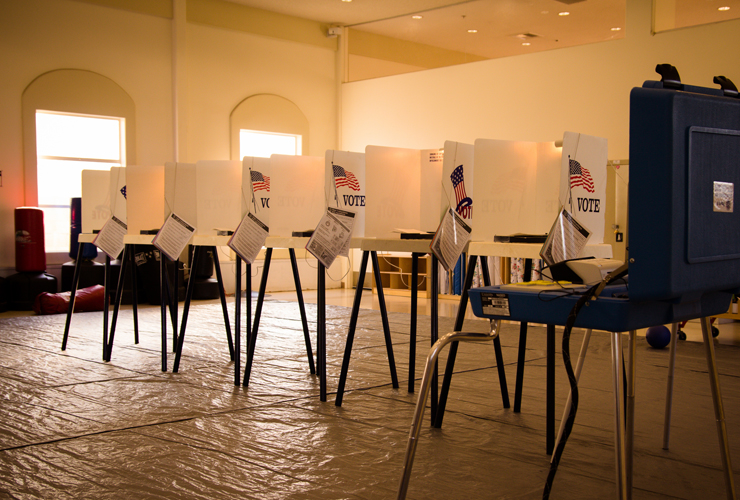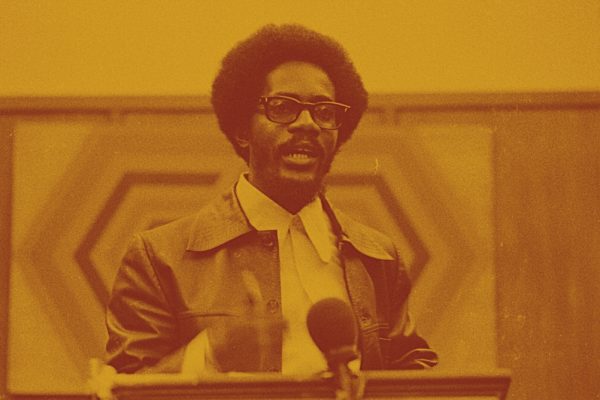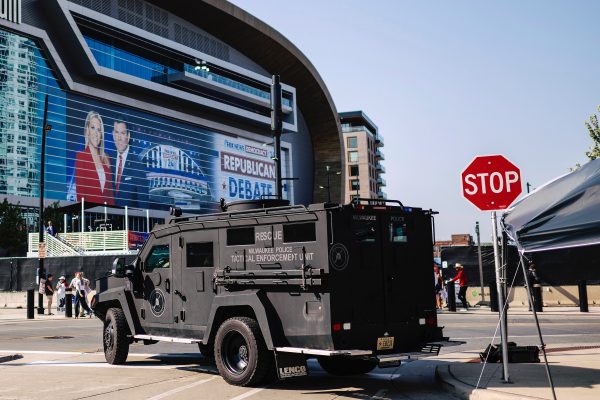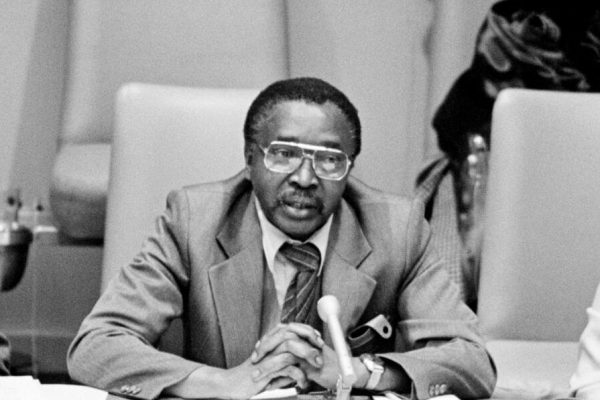On November 8 American voters will encounter an unprecedented number of voter identification laws. Thirty-two states will have implemented some sort of ID requirement by Election Day, producing a patchwork of different requirements and types of accepted identification.
In some states, the laws have been legally challenged but will still be in place for the election; in others, recent court decisions left the requirements intact. In only a few states have the laws been thrown out, and because a 2013 Supreme Court decision, Shelby County v. Holder, struck down part of the Voting Rights Act (VRA)—thereby allowing states to change their election processes without federal approval—a number have been able to quickly implement ID laws where in previous years they would have faced additional scrutiny from the Justice Department.
Proponents argue that ID laws are needed to prevent voter fraud, but there is no evidence of widespread voter fraud in the United States. In researching her book on this subject, political scientist Lorraine Minnite searched exhaustively through public records, news reports, and legal cases to find reports of possible voter fraud. She came up with only a handful of cases. The government has done no better. The Department of Justice began a voter fraud program during the Bush administration, but over a three-year period their investigations led to just twenty-six convictions for illegal voting or registration, out of hundreds of millions of votes cast during that time. There simply isn’t any evidence that many people are posing as eligible voters to cast fraudulent votes. This should be no surprise: voter fraud is a complicated and inefficient way to rig an election.
Voter ID laws make it harder for minority voters to figure out what they need to vote.
When rare instances of actual election fraud do occur in the United States, they tend to be committed by election officials or other people who tamper with vote-counting procedures or absentee balloting. Voter ID laws do nothing to protect against that kind of malfeasance. Meanwhile a growing body of evidence suggests what many people already believe: that voter ID laws disproportionately burden minority citizens.
It is hard to measure the effect that ID laws have on minority voting because many other factors influence turnout rates. Even so, some evidence regarding both turnout and bias at polling places does suggest cause for concern.
In a Boston study of the 2008 election, researchers at Harvard and Suffolk Universities found that local implementation of voter ID requirements produced racial bias at the polls. Black and Hispanic voters were asked for identification at higher rates than white voters were. The differences could not be explained by other voter characteristics, such as registration status or method, first-time voting, or accented speech. Even in precincts that implemented a special training program that taught pollworkers when to ask for ID, racial bias persisted. The authors note that this was an unlikely place to find such bias: identification requirements in Boston are extremely simple (they’re based only on federal law, with no additional state requirements), pollworkers do not have any discretion to choose whether or not to request ID, and the 2008 general election in Boston was not highly contested. If well-trained pollworkers in an uncompetitive election couldn’t implement simple identification requirements without bias, we can expect even bigger problems from close elections or more complicated ID requirements.
Other research has confirmed that people of color, as well as low-income and elderly people, are less likely to have the types of identification required by these laws. A survey of registered voters in Indiana, for example, found gaps in access after the passage of a new state photo ID law. Black voters were substantially less likely to have the required ID than white voters; very young and elderly voters had lower rates of ID coverage than middle-aged ones; and low-income voters were less likely to have the required ID than middle- or high-income voters. The story is much the same in Texas, California, New Mexico, Washington, and other states. Even if some of these voters were eventually able to obtain the required ID, the requirements represent a disproportionate burden on the people who can least afford it.
My research with Julie Faller and Noah Nathan points to another way that voter ID laws could pose a particular hurdle for minority voters, even prior to the obstacles of IDs and biased pollworkers: access to information about voting regulations. In a study published in the American Political Science Review, we report on an experiment we ran before the 2012 general election. We wanted to know whether would-be voters received different information from local election officials depending on the ethnic connotations of their names. So we emailed nearly every local election official in the United States (almost 8,000 of them). We asked them simple questions about voting, just as confused voters might do: “Do you have to have voted in the primary election to be allowed to vote in the general election?” or, after mentioning voter ID laws, “What do I need to do to vote?” We sent out thousands of identical emails, with just one variable: some officials were sent emails from names like Luis Rodriguez, while others were sent emails from names like Greg Walsh.
These laws purport to solve a problem that does not exist in the first place.
Did Luis get different responses than Greg? Our study indicates yes. The Luises received fewer responses, and the responses they did get were less likely to describe accurately the voter ID requirements in place. This wasn’t because the responses were blatantly misleading. Instead, they were more likely to be vague or to ask further questions rather than offer useful information. And this wasn’t due to other differences, such as language barriers or eligibility to vote. Our experiment carefully held everything else constant, sending identical emails and varying only the name used to sign the email. Still, emails that appeared to be from Hispanic constituents received fewer and worse responses.
In an era of shifting ID requirements and ongoing court fights over these laws, anyone could be confused about voting procedures. Our results provide concrete evidence that it will be harder for minority voters to figure out what they need to vote—and we suspect that our study captures only a small piece of a much broader phenomenon. Responding to emails is fast and easy; requests for costlier help—responding to phone calls, say, or resolving individual registration problems—might encounter even more bias.
We found this response bias all across the United States, regardless of whether election officials were elected or appointed, Democrats or Republicans. The only places where the discrepancy disappeared were those monitored by the Justice Department for discrimination pursuant to Section 4 of the federal VRA—which concerns areas with a history of discrimination—and a smaller number that were required by Section 203 to provide Spanish-language ballots. In these locales, officials didn’t discriminate. We took their unbiased behavior as an example of good policy: when you alert people that they’re being watched for particular types of bias, they show less bias. However, Section 4 of the VRA was suspended by the Supreme Court in 2013, so it will not be in effect this election season. We believe that this could make it even harder for minority voters to get the information they need from local election officials.
Even if voter ID laws don’t dramatically affect minority turnout, we should be concerned about them. They levy a sort of tax on minority voters, who have to work harder to get information from local officials, jump through bureaucratic hoops to get ID they may not otherwise have, and face disproportionate scrutiny from pollworkers.
I haven’t speculated about the motivations behind voter ID laws because intentions aren’t the issue. What matters is the real, material effect, and all the available evidence tells us that the implementation of these laws disproportionately burdens minority voters while it purports to solve a problem that does not exist in the first place. Without the protections guaranteed by Section 4 of the Voting Rights Act, there may be even more bias in the way ID laws are implemented and communicated to potential voters. Americans have fought for the ballot, facing violence and even death in the struggle to ensure equal voting rights. Voter ID laws, especially as currently implemented, threaten that hard-won equality.








